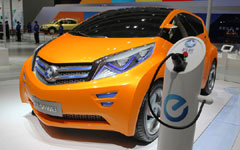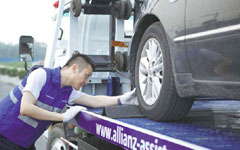Dong Zhihong is director of the Lhasa Vehicle Management Station. He told Xinhua that poor traffic management and bad driving brought regular traffic jams to the 1,300-year-old city, a city which, until 60 years ago, did not even have a highway.
In the rush hour, downtown Lhasa routinely slips into gridlock and parking spaces are almost always difficulty to find.
|
 |
|
 |
Lhasa, understandably, has the highest vehicle ownership in Tibet, with one in six people owning a car. Each year, nearly 80,000 people take driving tests. Equestrian culture is deeply ingrained in the Tibetan consciousness after aeons of nomadic herding, and cars are quickly supplanting horses as a popular family assets, along with the customary yak, cattle and sheep.
Nyima, a herder from Nyanrong county in northern Tibet, has a sedan and a minivan. His family no longer eke out their living on husbandry alone, but have interests in long-distance passenger transportation.
"A horse, a gun and a knife used to be the standard equipment for a Tibetan man to set out for his dreams. Now, we barely ride horses. When tending the flocks, we ride motorcycles," said Nyima.
He Gang of the Tibet Academy of Social Sciences, believes Tibetans have said goodbye to the days of struggling to make ends meet and embraced the auto era.
New challenges
Judging by what is happening in China's more developed cities, the "auto era" has become synonymous with gridlock and pollution.
"Compared with other cities in China, Lhasa's traffic management is still based on manpower rather than intelligent systems," Dong Zhihong said. "Traffic signs are incomplete in some places. The population is too dense in the downtown areas and public transportation is insufficient."
Moreover, rapid transit systems are absent from Lhasa. The city abounds with dead ends and by-passes are yet to be opened.
